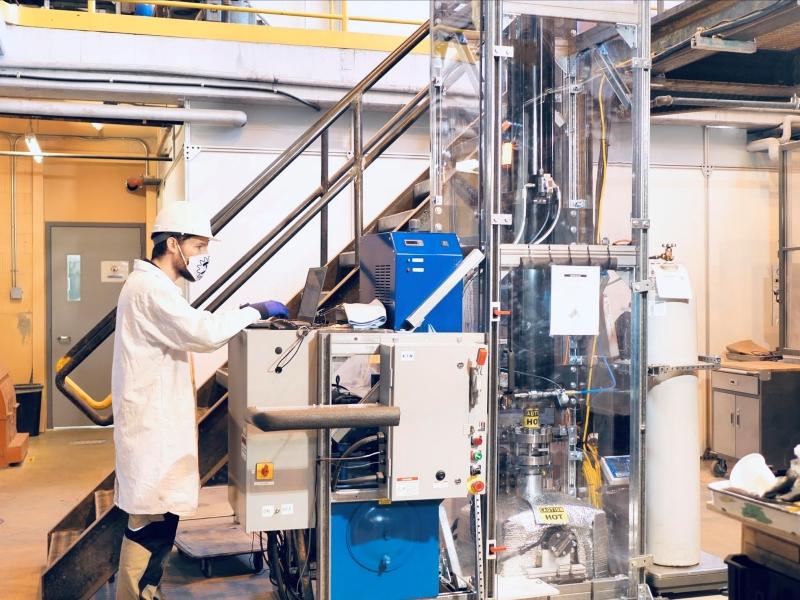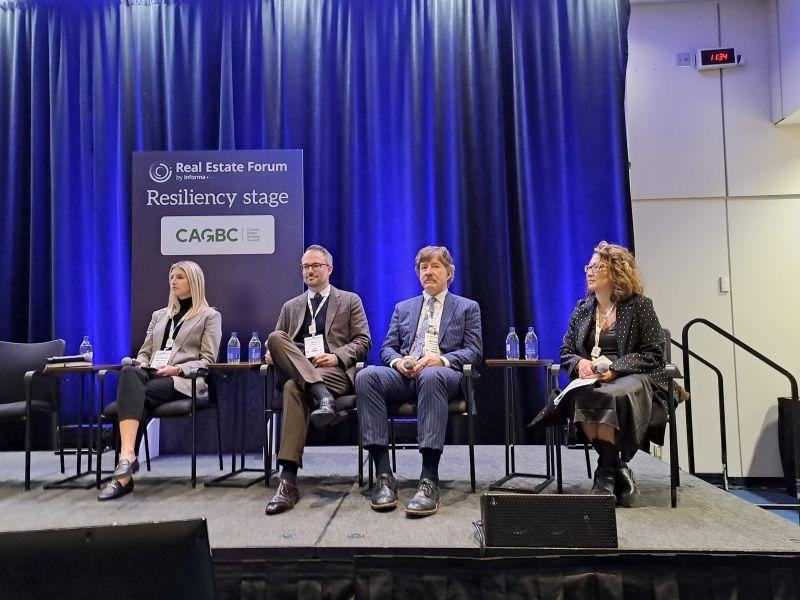
SOLE, a Calgary-headquartered footwear company, is giving used wine corks a second life by recycling them to make insoles and lower the carbon footprint of the shoe industry.
Founded in 2001 by Mike Baker, SOLE makes orthopedic and supportive insoles, shoes, socks, sport footwear and sandals.
Paul Maughan-Brown, a content manager at SOLE, told SustainableBiz Baker wants to do business responsibly, with the least possible impact on the environment.
As he considered a greener alternative to petroleum-based materials, Baker realized he had been walking over the solution all along. He remembered a cork cabin floor in British Columbia that held up for decades.
After Baker researched the sustainability and versatility of cork, SOLE started a cork recycling program in 2008 and explored its use in footwear.
With ReCORK, SOLE hopes to reduce both waste and greenhouse gas emissions from the footwear industry.
“We’ve unlocked something really special, something that’s really quite incredible in terms of (a) sustainable material that can replace petroleum-based materials in footwear and beyond,” Maughan-Brown said.
Making ReCORK
SOLE starts by collecting corks from across North America from private partners like kitchens, restaurants, bars, tasting events and festivals, and public partners such as liquor and grocery stores.
The company has a partnership with Return-It in Kelowna, B.C. and works with municipalities in Quebec to collect corks from donors. So far, SOLE has collected over 130 million corks.
The corks are shipped to SOLE, which sorts them to ensure there are no plastic corks in the batches. They are ground down to grains and re-agglomerated using SOLE’s patented technique which adds a small quantity of binding agents.
Maughan-Brown said the manufacturing process for ReCORK also uses less energy compared to producing an oil-based equivalent material.
ReCORK carries the features of cork, “a super versatile material” as described by Maughan-Brown. ReCORK is light, insulating and odour- and rot-resistant due to its anti-microbial properties, he explained.
“We have been working on an entirely new way of working with cork. We’ve pioneered a new process for recycling ground cork into a material that has the functional properties of petroleum-based foam,” Maughan-Brown said.
The cork-based material is utilized in a number of products, including the most recent Performance Medium with Met Pad insoles.
Maughan-Maughan-Brown said the company is in talks with other brands potentially interested in using ReCORK.
SOLE has sold over 372,000 pairs of ReCORK insoles, Maughan-Brown said.
Carbon capturing soles
The footwear industry has a carbon footprint of 1.4 per cent of global greenhouse gas emissions, a study from sustainability consultancy Quantis said. Disposed shoes and their soles contribute to a growing waste problem, lingering for potentially hundreds of years.
SOLE chose cork to help tackle this because it also captures carbon, meaning ReCORK is a carbon-negative product.
Cork grows as the bark of the cork tree and can be harvested every nine to 12 years, according to Maughan-Brown. Harvesting cork does not require cutting down the tree, and stripping the cork tree of bark stimulates it to produce more bark, thus accelerating its carbon consumption by up to five times.
“. . . when you harvest the bark, up to 70 times the weight of the bark has (been) absorbed in carbon dioxide by the cork tree,” Maughan-Brown said. “Each kilogram of cork oak bark is worth up to 70 kilograms of carbon dioxide absorbed from the atmosphere.
"So cork in itself is this inherently incredibly carbon-negative material to begin with.”
The company’s lifecycle analysis of the SOLE Performance Medium with Met Pad found after manufacturing, shipping, storing and even heat-moulding at home, the product removes 2.28 kilograms of carbon dioxide equivalent.
Some of SOLE’s insoles are also carbon negative.
The company’s soles continue to have a synthetic layer of cushioning, meaning they are not entirely biodegradable. Maughan-Brown said SOLE is working to create a recycled, biodegradable cork insole with no synthetic layers that can be sent back to SOLE for recycling to create a “truly circular mode of production for the products.”
Editor's note: Changed the reference to "shoe soles" to "insoles" and amended the "new natural industrial process" to "a new process." Corrected Paul Maughan-Brown's attributions to his full surname, not "Brown". We regret the errors.










